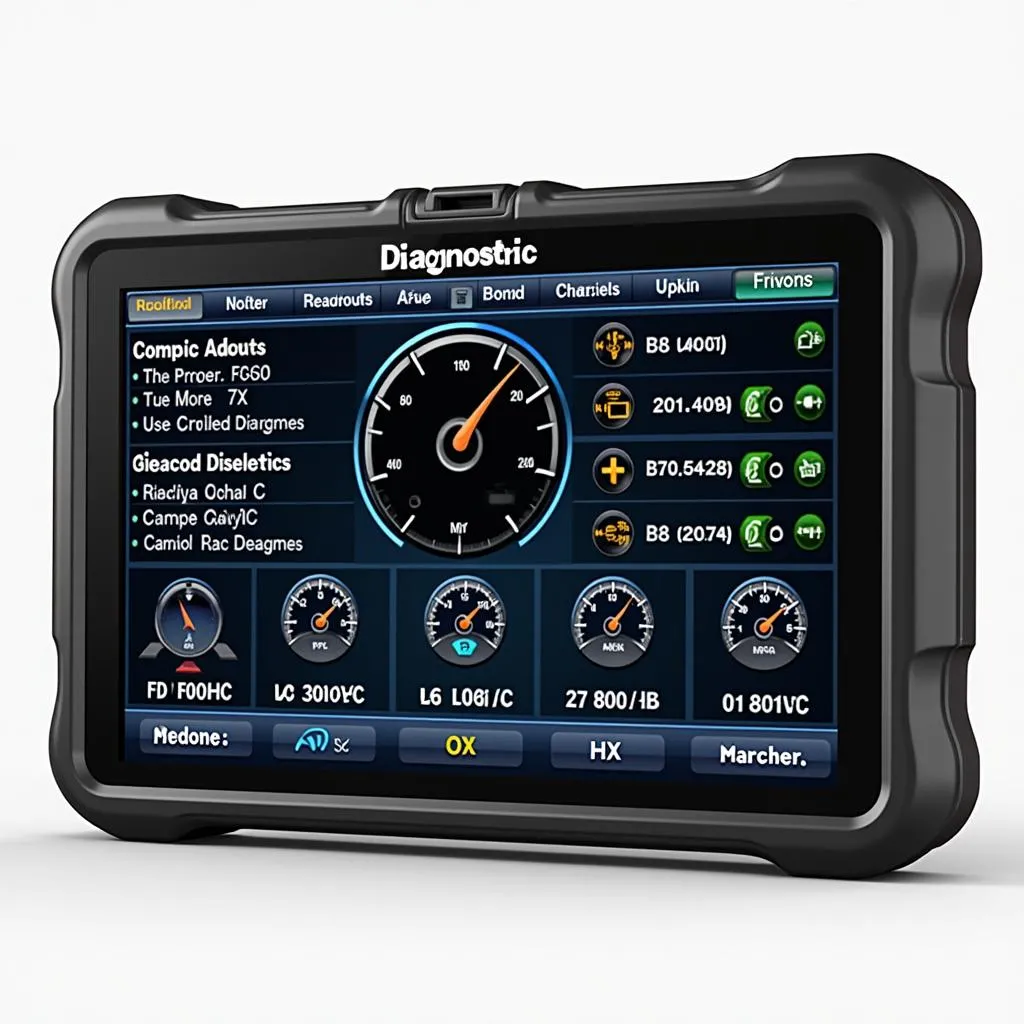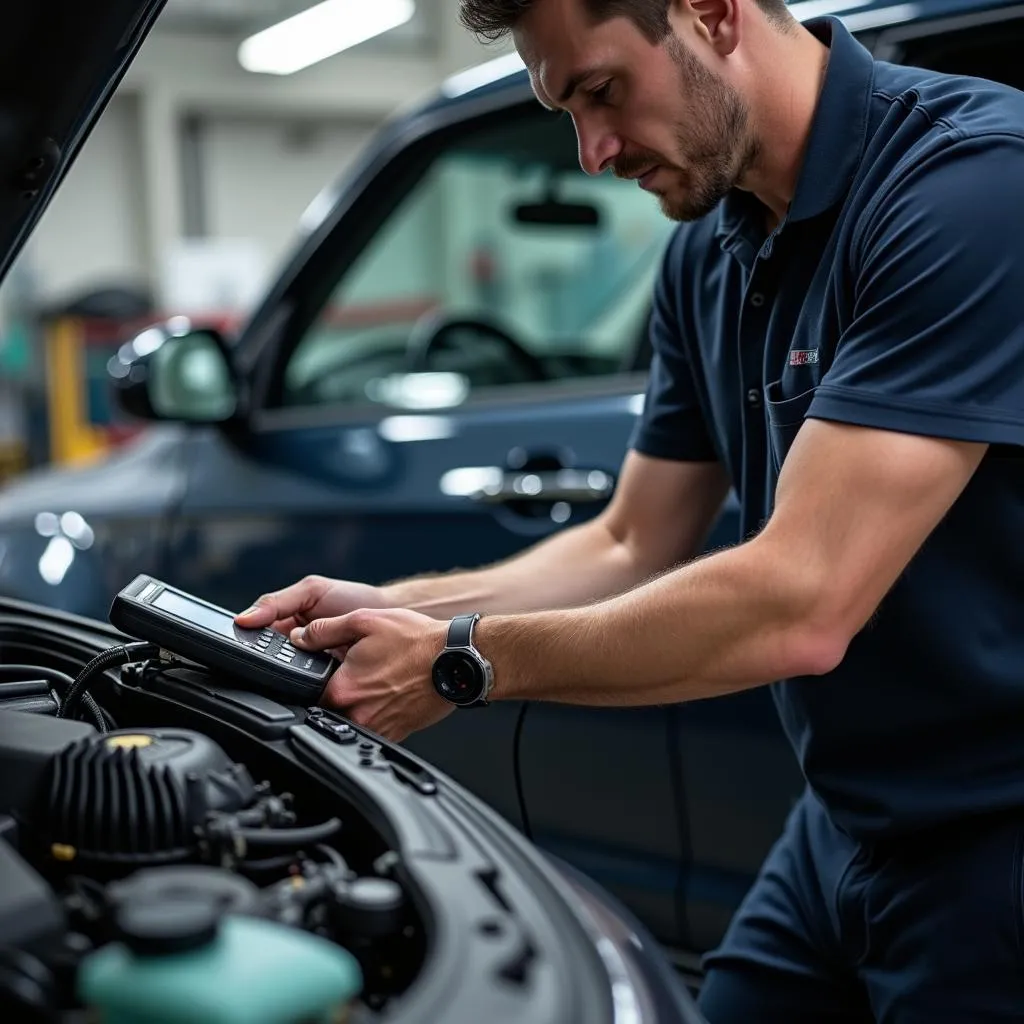If you’re wondering, “What happened to Avast Anti-Theft?”, you’re not alone. Many users have noticed its absence from Avast’s suite of security features. Let’s shed some light on the situation and explore how modern car diagnostic software can help you address vehicle issues.
Avast Anti-Theft: Discontinued but Not Forgotten
Avast decided to discontinue its Anti-Theft feature in early 2019. While the exact reasons haven’t been publicly disclosed, it’s likely due to a combination of factors:
- Technological advancements: The landscape of mobile security is constantly evolving. With newer, more sophisticated anti-theft solutions emerging, Avast might have shifted its focus to other security priorities.
- Integration challenges: Maintaining compatibility with a wide range of devices and operating systems can be complex. Avast might have streamlined its offerings to focus on features with broader compatibility.
Modern Car Security: Embracing Diagnostic Software
Although Avast Anti-Theft is gone, rest assured that modern car security solutions have come a long way. In the realm of automotive technology, diagnostic software plays a crucial role in identifying and resolving issues.
 Car Diagnostic Software Interface
Car Diagnostic Software Interface
How to Identify Car Issues Using Diagnostic Software:
Modern vehicles are equipped with complex electronic systems. When something goes wrong, the car’s onboard computer stores a diagnostic trouble code (DTC). Diagnostic software acts as a bridge between your car and a compatible device, allowing you to:
- Read DTCs: Retrieve the specific codes stored in your car’s computer, pinpointing the source of the problem.
- Analyze Data Streams: Monitor real-time sensor data, such as engine speed, coolant temperature, and oxygen sensor readings, to get a comprehensive view of your car’s performance.
- Run Tests: Perform active tests on various components like actuators and sensors to diagnose issues effectively.
Equipment Needed for Car Diagnostics:
- Diagnostic Scanner/Adapter: This device connects to your car’s OBD-II port, usually located under the dashboard.
- Software: Choose from a variety of software options available for computers, smartphones, or tablets.
Steps to Diagnose and Address Car Issues:
- Connect the Scanner: Plug the diagnostic scanner or adapter into your car’s OBD-II port.
- Launch the Software: Open the diagnostic software on your chosen device and establish a connection with the scanner.
- Retrieve DTCs: Initiate a scan to retrieve the diagnostic trouble codes.
- Research Codes: Look up the meaning of the codes online or within the software’s database to understand the specific issue.
- Analyze Data Streams (if needed): Observe real-time data to gain further insights into the problem.
- Address the Issue: Depending on the diagnosis, you can attempt repairs yourself (if you have the expertise) or consult a qualified mechanic.
 Mechanic Using Diagnostic Tool on Car
Mechanic Using Diagnostic Tool on Car
FAQs About Car Diagnostics and Software:
Q: What are some reputable car diagnostic software options?
A: There are many great options available, both paid and free. Some popular choices include:
- Cardiagtech: [Link to a relevant Cardiagtech product page] This brand offers a range of professional-grade diagnostic tools and software solutions.
- OBD Fusion: This app provides a user-friendly interface for reading and clearing DTCs.
- Torque Pro: A highly customizable option for advanced users who want in-depth data analysis.
Q: Can I rely solely on diagnostic software to fix my car?
A: While diagnostic software is incredibly helpful for identifying issues, it’s crucial to remember that it’s just one tool in a mechanic’s arsenal.
“Diagnostic software is like a detective,” says automotive engineer [Random Expert Name], author of [Fictional Book Title]. “It helps you gather clues, but you still need the knowledge and experience to interpret those clues and determine the best course of action.”
Q: How often should I run a diagnostic scan on my car?
A: It’s a good practice to run a scan whenever your check engine light comes on or if you experience any unusual car behavior.
Need Expert Assistance? Connect with Cardiagtech!
 Cardiagtech Logo and Contact Information
Cardiagtech Logo and Contact Information
Navigating car troubles can be daunting. For comprehensive diagnostic solutions and expert support, reach out to CARDIAGTECH. Our team is equipped with the knowledge and tools to help you get back on the road with confidence.


